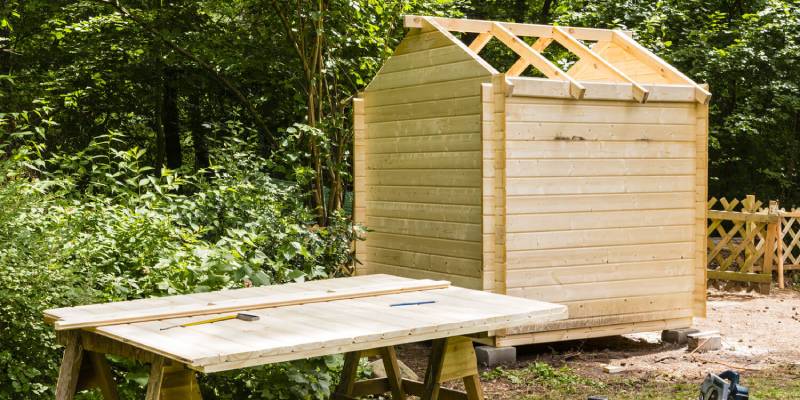
Whether it’s a log cabin or a dream summer house, getting started on building in your garden is an exciting time. But the last thing you want is a letter through your door telling you that your lovely new fixture isn’t allowed! So, before you set off, take a moment to get familiar with these legal requirements. This article will look at key legal points for building in a garden, and breakdown what each means in terms of building log cabins or summer houses.
Picking your fixture
What you’re wanting to build in your garden is a key aspect in determining whether or not you’ll need planning permission. However, the size of whatever you’re planning to build will have the biggest impact.
Permitted Development Rights — when you don’t need planning permission
According to the UK government, a building or enclosure that is being built within the curtilage of a house that is ‘incidental to the enjoyment of the dwellinghouse’ is a Class E building.
A Class E building does not require planning permission if it, and other existing buildings, do not cover more than 50 per cent of the total curtilage of the house. They also cannot be built in front of the principal elevation of the house — so no building out on your front garden!
You’ll need planning permission if:
- Your garden building is going to be more than one storey or have eaves higher than 2.5 metres.
- The overall height is going to be more than 4 metres for a dual-pitched roof.
- The overall height is going to be more than 3 metres for other roof types.
- The overall height is going to be more than 2.5 metres if the building is within 2 metres of the boundary of the curtilage (borders or fences) of your home.
- The building will take up more than 50 per cent of all land outside the house. This includes your current garden buildings — if your shed takes up 20 per cent of the land outside your house and you want to build a log cabin that will take up 35 per cent of the land, you’d need planning permission as combined, they take up 55 per cent of the land.
- You want a veranda, balcony, or raised platform as part of the building.
- The container’s capacity is more than 3,500 litres.
If your residence is a listed building, you’ll need planning permission regardless.
You won’t need planning permission if:
If you’re building a shed or summer house that doesn’t extend further than the dimensions above, you should be good to go without planning permission in terms of dimensions and space requirements and regulations. The vast majority of log cabins, garden sheds, and summer houses will class as Class E buildings and not need planning permission in this case. However, that’s not the only factor that can impact the need for planning permission…
What you’re building it for
If you’re planning to make your outdoor building a place to work from or simply socialise in, you won’t usually need planning permission (unless the dimensions extend as above). However, the use of your garden building can impact the need for planning permission.
You’ll need planning permission if:
- You’re planning to use your outdoor building for sleeping accommodation — such as a summerhouse in the garden for adult children or elderly relatives to live in to retain their privacy while living at home.
- The building could, in any way, impact your neighbours’ right to privacy. Think treehouses — your kids will love them, but your neighbour might not be best pleased.
In summary
Assuming you’ve checked your property is not a listed building, the following diagram should broadly show you whether or not you may need planning permission for a prospective outdoor building:
